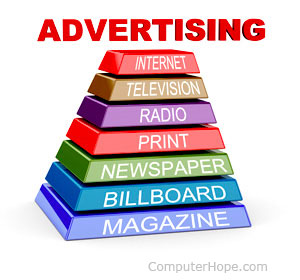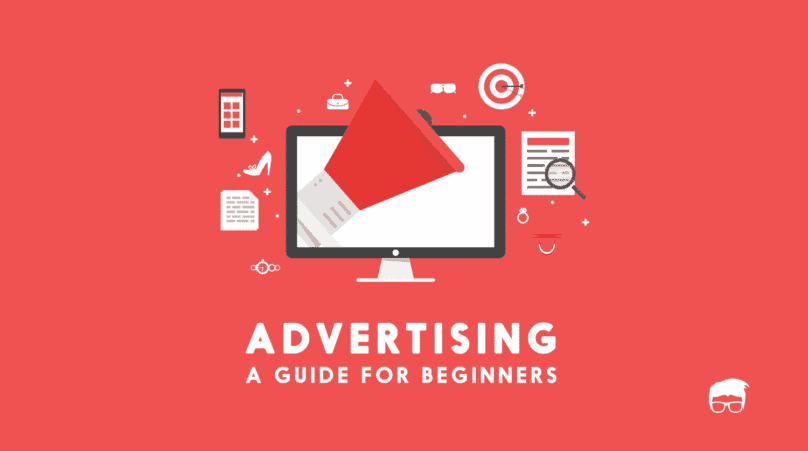
You can read The Economist copy to learn what to avoid when writing copy for ads. Their messages have always been smart, aggressive, and competitive, and they continue to use copy in smart ways. Continue reading to learn about the strategies that they use to create copy ads that deliver results. Even though there are tons of examples around the world, there are just a few that standout in our minds. These are the four most powerful copy-ad strategies.
Short copy
When creating copy ads, there are many important things to remember. You need to get to know the audience. What products and services do your customers need? Are they looking for more information than your brief copy? Are they as expensive or less sought-after than you? Keep in mind that a simple ad can generate few quality leads. The user may have clicked on the ad, filled out the contact information, and then never follow-up.

Social proof
Use social proof to increase conversion rates in copy ads. Customers' testimonials and reviews can provide you with the social proof you need for consumers. These reviews and testimonials will not necessarily increase your likes on social media, but they will prove that your product/service is well-respected. They can be authentic or fake, but they can get significant traction. These are some ways to increase the visibility of your copy ads using social proof.
Clickbait
You're not the only one who has ever wondered if your copy ads are clickbait. Clickbait is a popular marketing strategy used by business owners and marketing agencies to spread their message to a large audience. These ads typically contain listicles and other industry-specific information. They promise value, but in reality they don’t deliver. These ads can generate very little traffic, which eventually leads to frustration and even resentment among users.
Consistency
Brands need to have a consistent look and feel. This means that copy ads should be consistent in style and appearance. Studies have shown that consistent visuals and headlines increase brand recognition and create a more memorable brand experience. You should be consistent in both message and design, regardless of whether you use static images or dynamic ones. Here are some ways that you can improve the consistency of your brand's copy.

Targeting
While keyword density is important for search engine optimization, there's a more relaxed approach to writing copy for your ad. Focus on highlighting the benefits of your product or service. Aligning your ad copy to the customer journey will increase click-through rates, and decrease the number of unqualified clicks. Here's how. Keep reading to find out how. Targeting copy ads for Facebook can help you reach new audiences and build a loyal customer base.
FAQ
Is there a way to get no cost traffic?
The traffic that is free comes from organic search results and does not require you to pay for ads. This type of traffic is known as organic traffic or natural traffic. There are many options to get free traffic like article marketing and social media marketing.
Article Marketing is one way to get free traffic. The CPC is usually very cheap compared to paid ads. Article marketing is also known as content marketing.
Social Media Marketing: Social media sites such as Facebook, Twitter, LinkedIn, and LinkedIn make it easy to promote your company through advertising. These platforms allow you to share updates, photos, and establish relationships with potential customers. Many businesses choose to pay for ad space on social media websites because they want to reach a wider audience at a lower price.
Blogging – Blogging is another way to get free traffic. If you create quality content that people love to read, visitors will find you. You can start to monetize your blog with the sale of products or services after you have attracted readers.
Email Marketing - Although email marketing has been around since before the advent of the Internet it is still one of the most effective ways to drive traffic and sales to your site. You can grow your list and eventually sell to subscribers by sending them emails frequently.
How do I choose my target audience?
Begin with you and your closest friends. Ask yourself "Who am I trying reach?" if you aren't sure where to start.
Ask yourself these questions. Who are the most influential people within my industry? What are their daily problems? Which people are the most intelligent in my industry? Where do they hang out online?
Take a look back at how you started your company. Why did you start? What problem were you able to solve and how did this happen?
These answers will help to identify your ideal clients. These answers will help you understand your ideal clients and what motivates them to buy from you.
To get clues about who they cater to, you can also check out your competitors' social media pages and websites.
Once you've identified your target customers, you'll need to decide which channel(s) to use to reach them. For example, if your company provides services to real estate agents, you might create an informational website targeting home buyers.
If your company provides software to small businesses, you might consider creating a blog for those owners.
If you sell clothing, you can create a Facebook fan page for teens. For parents who are looking for child-friendly restaurants, you might set up your own Twitter account.
The point here is that there are many ways to get your message across.
What should you know about internet marketing?
Internet advertising has become an integral part any business strategy. It is a cost-effective way for companies to reach potential customers. There are many options for internet advertising. Some are free while others may require payment.
There are many other ways to advertise online. Each method has its benefits and drawbacks.
Advertising is what?
Advertising is an art form. Advertising isn't just about selling products. It's all about creating emotional connections between people with brands.
Advertising is about telling stories and using images to communicate ideas.
Communication must be clear and persuasive. Your target market should be able to relate to the story you tell.
Advertising is different than other communication methods, such as writing or public speaking.
When you create a winning ad campaign, it is creating your brand identity.
This is how you make yourself memorable. You become someone who people want to remember.
What should you know about TV advertising?
Television advertising can reach a lot of people quickly and is very effective. It was also quite expensive. It can still be very powerful if used correctly.
Although there are many kinds of TV ads to choose from, all share the same characteristics. It is important to make sure that your TV ad fits into the appropriate category. Do not attempt to run a lifestyle advertisement as a product advert. Your message should stay consistent throughout the campaign.
A second important thing to keep in mind is that prime-time hours is the best time to air ads. This is because many viewers are able to relax in front of the TV while watching. You want them to be able focus on your words and not get distracted by the TV.
Finally, just because you've a lot of money doesn't mean you'll get great results. The opposite may actually be true. According to University of California research, commercials airing during popular shows are less likely to be seen and sell more products than those which air during unpopular shows. You should ensure that you spend your money wisely if you plan to advertise on television.
What should you know about printing advertising?
Print advertising is a good medium to communicate effectively with consumers. Print advertising is used extensively by companies to promote their products or services. The goal is to get the consumer's attention.
Print ads are usually one page in length and can include text, images and logos. You may also find sound, animation, video and hyperlinks.
The main types of print advertisements are classified as follows:
1. Brochures - Large format printed brochures are used to draw people in to stores. Brochures can often be adorned with brightly colored images and eye-catching designs.
2. Catalogues - These are smaller versions of brochures. They are sent to customers who have requested specific information.
3. Flyers – These are small pieces made of paper that are distributed at events, such as fairs or concerts. They can be given at retail outlets but must be paid for.
4. Posters - These are larger versions of flyers. They are often displayed on walls, fences, or buildings. They are usually made using computer software programs, which is designed to draw the eye of passersby.
5. Direct mail - This refers to letters or postcards mailed directly to potential customers. These are sent to customers periodically by businesses to remind them about their business.
6. Newspaper Ads – These are ads that appear in newspapers or magazines. These ads are often quite long and include both text and images.
What is advertising's primary purpose?
Advertising isn’t about selling products.
Advertising is about communicating ideas and values to people who are already interested in what you have to offer. It's about changing minds and attitudes. And it's about building relationships.
It's all a matter of making people feel good.
But if you don't know what your customers want, you can't sell anything to them.
Prior to you begin any advertising project, make sure you understand your customer's buying habits and needs.
Then, you can create ads that resonate.
Statistics
- Nonetheless, advertising spending as a share of GDP was slightly lower – about 2.4 percent. (en.wikipedia.org)
- Advertising spending as a share of GDP was about 2.9 percent. (en.wikipedia.org)
- Advertising's projected distribution for 2017 was 40.4% on TV, 33.3% on digital, 9% on newspapers, 6.9% on magazines, 5.8% outdoor, and 4.3% on radio. (en.wikipedia.org)
- In 1919 it was 2.5 percent of gross domestic product (GDP) in the US, and it averaged 2.2 percent of GDP between then and at least 2007, though it may have declined dramatically since the Great Recession. (en.wikipedia.org)
External Links
How To
How can I advertise on Google
AdWords can be used by businesses to advertise using keywords that they are interested in. Your account is the first step. Select a campaign name and set the budget. Choose the ad type (text or image), and add keywords. You then bid on these keywords. When someone clicks one of the ads you place, they pay only if that click comes from someone who searched with one of your targeted keywords. This allows you to get paid even if people don’t buy anything.
Google has many tools to help you ensure your ads work. These tools include Ads Preferences Manager and Keyword Planner. These allow you to see what works best for your business.
A keyword planner allows you to determine the best keywords to use in your campaigns. It also shows you how much competition there is for certain keywords, helping you decide whether or not to spend money bidding on them.
Ads Preferences Manager can be used to adjust settings such as the maximum impressions per hour and the minimum price per click.
Analytics allows you monitor and compare the performance to your ads against other companies. You can also view reports showing how well your ads performed compared to others.